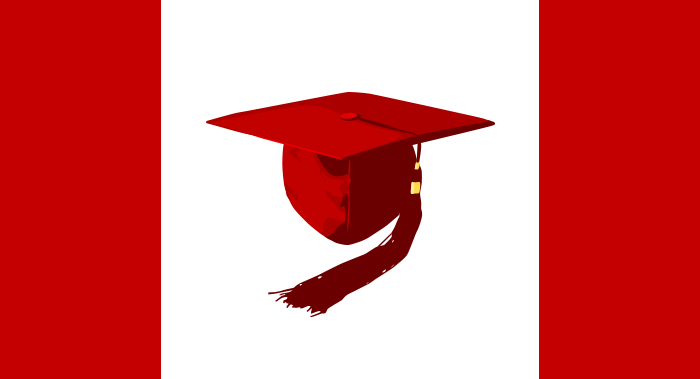
Two stories about foreign students made the Canadian headlines this week. This is unusual, both because most of the time Canadian news outlets pay little attention to who is actually attending their universities, and also because I think most Canadians consider themselves open to immigrants (unlike, say, their southern neighbors).
But this seems to be about to change as more students choose Canada for their education and subsequent careers.
We’ll start with the basic facts: Canadian universities like foreign students. Foreigners pay more for the same level of instruction, are eligible for fewer scholarships, and generally speaking bring in money. In addition to money, foreign students can help locals who might not have access to travel learn more about different cultures and interacting with people who have substantially different beliefs. Learning to get along is a laudable skill, so again, this is generally viewed as a positive. And (most importantly) while Canadian schools do offer EFL/FFL training (English or French as a foreign language), they also require students to display competence in the province’s primary tongue before enrolling.
So now that those are out of the way, the headlines.
First, The Globe and Mail reported that universities were so desperate for foreign students that they were waiving these language requirements. Some schools were offering partnerships with school districts to start language training early, while others were lowering required standardized-test scores to allow more (and arguably less-fluent) students to enroll. And this was occurring not only at the post-secondary level, but even in high school, with interest in Canada rising from nations around the globe. Vancouver and Toronto, traditional immigration hotspots, were highlighted as cities with declining numbers of high school students; they were therefore looking to fill classes with students from abroad.
The problem? Well, it’s not exactly true. A number of mistakes were subsequently corrected in the article. For example, the large number of “foreign” students in Vancouver turned out to be due at least in part to its summer programs. The University of Toronto and Queen’s University both denied that language requirements have changed. And neither are actively in a partnership with high schools.
So what? you might be thinking. Well, this is a major national newspaper, and it’s contributing to an anti-immigration atmosphere. And this is in line with the times. The second major story this week was from York University, where posters decrying the school’s diverse population. University officials have not named the group responsible, but they do know who it is, and have asked for police help in investigating.
With the rise of immigration controversies in Europe and the US, Canada might want to pause a moment. It’s not that distaste for immigrants is the new normal; this isn’t necessarily a majority view anywhere. But it should be a wake-up call against complacency.
About the Author: Jaclyn Neel is a visiting Assistant Professor in Ancient History at York University in Toronto, Ontario.